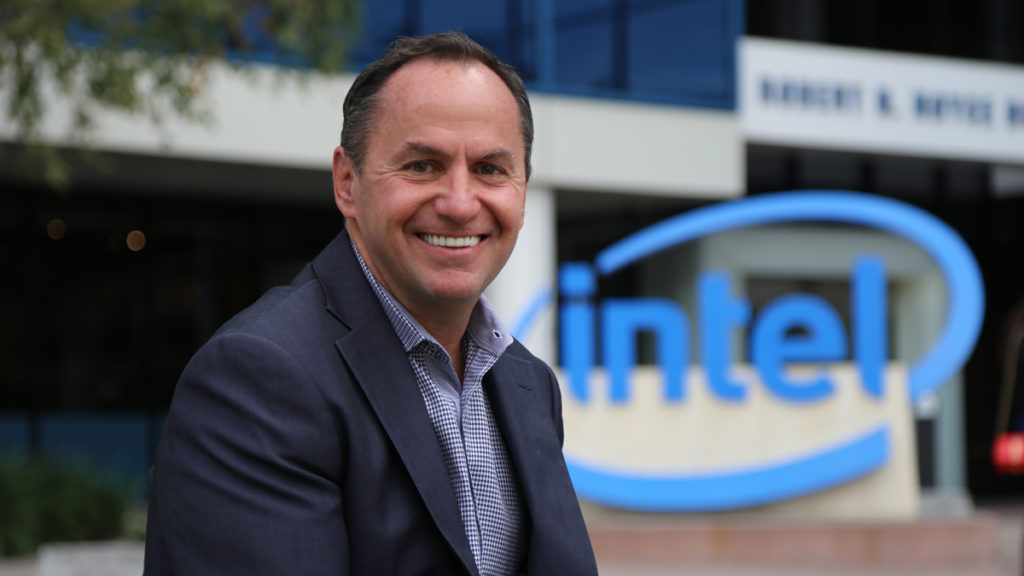Yeah, this is my take too.
Intel's problem is twofold.
1.) Once they crushed AMD with their mix of illegal business practices and the Core architecture, they became complacent. Their business culture forgot how to be competitive, innovate and succeed. They essentially turned their business into a cash cow, misleading themselves into thinking it would last forever. Now both AMD and ARM are slowly turning into real threats.
2.) Spectacular failures in process node development. This was one of the ways they traditionally stayed ahead, with process excellence, and they just dropped th eball completely. I don't know what the root cause here is. Poor Communication? Not hiring the right people? Not funding it sufficiently for the increasing complexities of smaller process nodes? Who knows.
What I do know is this. Process node development is a several year long effort costing billions. There is no way that could be fixed in two years. Changing a corporate culture is even more difficult. That is unlikely to be successful in two years either. Whatever Intel's board does they need to put the right person in place, and empower them to do whatever is necessary to fix the problems, and then be patient while they execute, because this is going to take a while.
As much as I hate what has become of MSI these days, Intel needs to do
what MSI did in 2012. At that point MSI was slowly failing, failing to have adapted to the changing market. The founder, Henry Lu announced in a company wide meeting that they would be transitioning to a gaming focused company, because that was where the market was headed, and if anyone wasn't fully committed to this, they should leave the company. I hate the "gaming" aesthetic that has taken over th eindustry, but it was unquuestionably what they needed to do the business climate as it was and still is.
Now, I'm not suggesting that Intel needs to make gaming their focus, but they need to make it very clear that they are in crisis, that they are setting a new course (whatever that is) and that those who aren't completely on board should either leave, or they will be fired.
In an organization the size of Intel there are always middle managers and directors more focused on their internal power struggles and building their own little fiefdoms within the company that they have lost track of what it takes to make the entire organization successful.
Intel needs to set a clear course, clear objectives, and they need to make it clear that anyone who gets in the way will be out the door faster than you can say 14+++, and then they need to follow up on this and not make exceptions, regardless of how long Director X has been with the company or who they know or are related to. They need to cut out the cancer and they need to do it mercilessly. That is the only way.
This is often why organizations in turnaround mode hire outside CEO's. Existing company guys have often made too many cozy relationships and aquired too many pet projects along the way and can't bring themselves to ruthlessly do what needs to be done. Now Bob Swan was by no means a long term Intel guy, having only joined the company in 2016, but maybe that was enough time that he already had too many existing relationships in the organization. A complete outsider may be the best choice Intel has, and is probably what they should have done two years ago, rather than promote Bob Swan. I know nothing about him as an executive. He may be a great business leader, but turnarounds require a special subset of talents and lack of regard for "friends" inside the company, and maybe Bob Swan just didn't have it.

